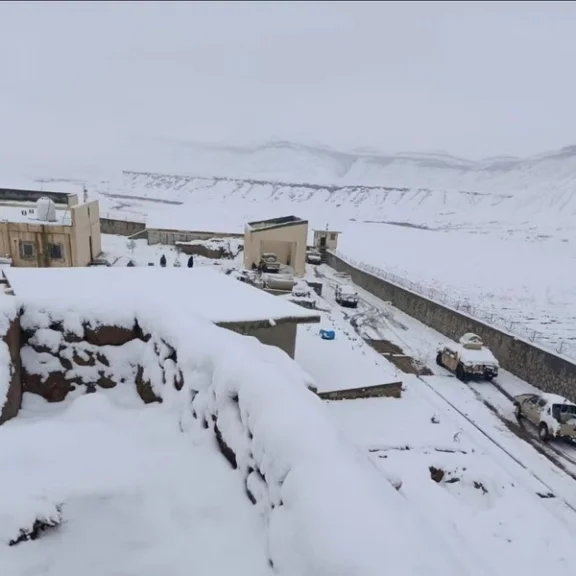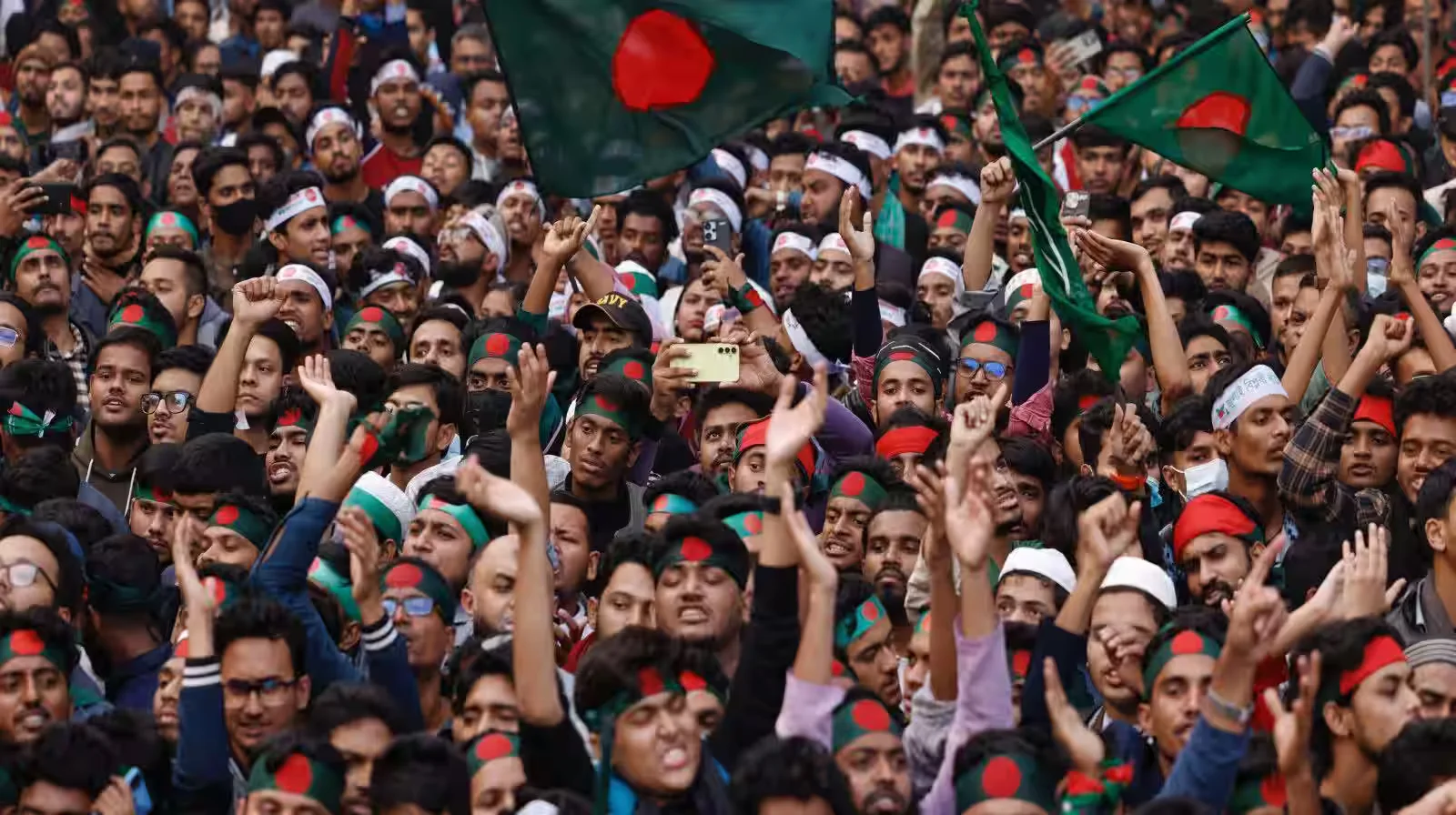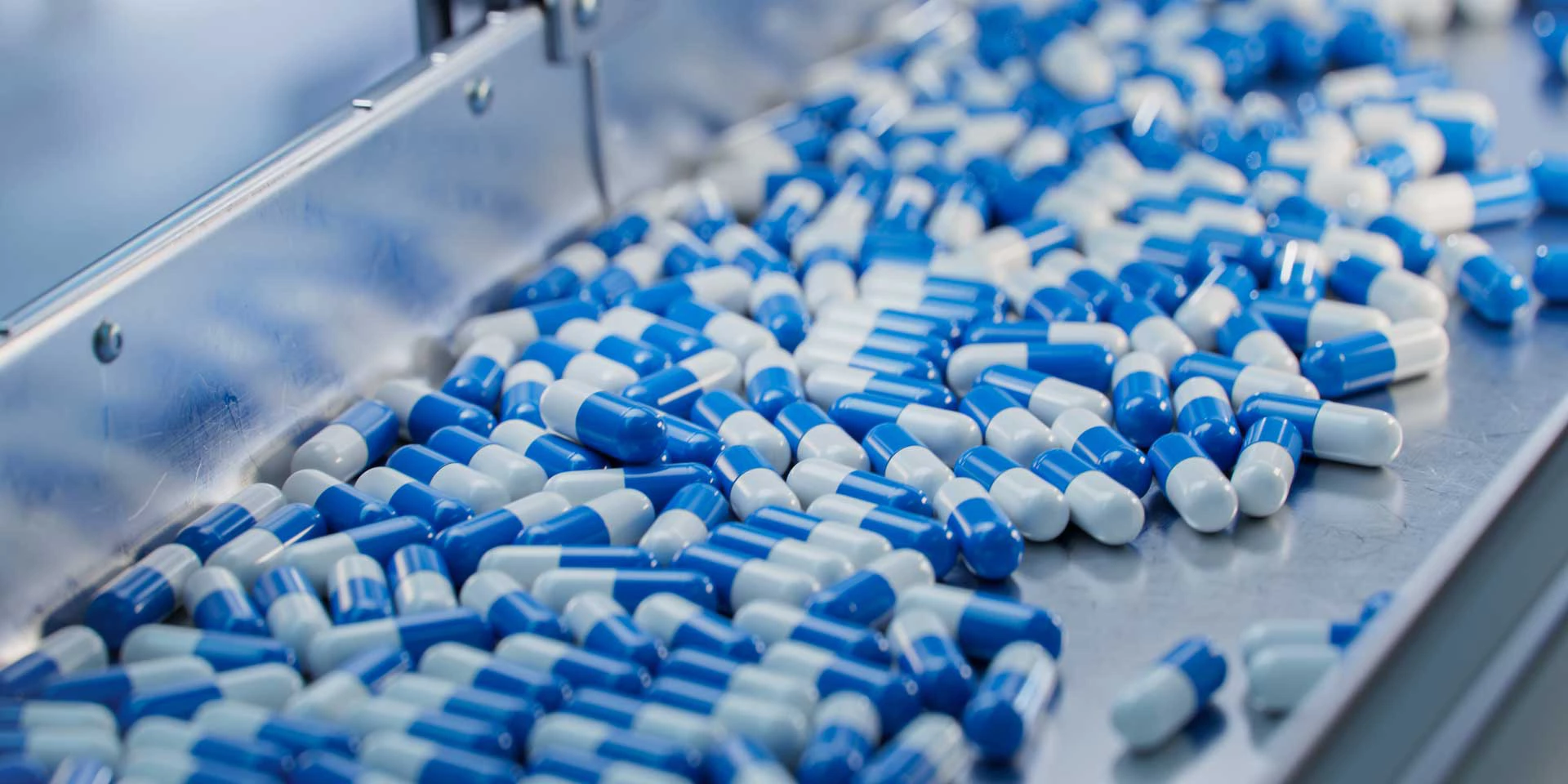Since its independence in 1947, India has publicly championed the policy of neutrality and non-alignment. However, a closer look at its history reveals a consistent and deep-seated alignment with the Soviet Union and its successor, Russia. The last eight decades have also seen periods of strategic closeness between the US and India, especially in the last two decades, where India became an important part of the US’s Indo-Pacific strategy.
The conflict in Ukraine and subsequent economic sanctions on Russia have put India in a difficult position, and its strategy of benefiting from both Russia and the US no longer seems viable. While professing neutrality, India has engaged in a calculated policy of economic opportunism, becoming one of the largest financiers of Russia’s war machine during the Russia-Ukraine War through a massive surge in oil imports.
This strategy involves purchasing discounted Russian crude, refining it, and then selling the finished products to the very Western nations trying to punish Moscow for its aggression in Ukraine. This policy of strategic opportunism is now facing a reckoning, as sharp criticism and tariff threats from the United States expose the significant risks of prioritizing profit over principled partnership.
The Best of Both Worlds
The stark contrast in trade data substantiates the charge of exploiting USA’s goodwill. The United States remains India’s largest trading partner, with bilateral trade in goods and services hitting an estimated $212.3 billion in 2024, resulting in a $45.8 billion trade deficit for the USA. This relationship is a cornerstone of India’s economic growth and modernization.
Yet, the trajectory of India-Russia trade since the 2022 invasion of Ukraine also reveals a deliberate and dramatic pivot. India’s imports from Russia skyrocketed to a record $67 billion in the 2024-25 fiscal year, up from $8.7 billion in 2021. The primary driver is discounted crude oil, amounting to $52 billion of the total $67 billion. These figures indicate that India is enjoying a dual advantage: a trade surplus with the USA and continued oil trade with Russia, despite global sanctions against the latter.
The Oil Calculus
India’s selective defiance on purchasing discounted Russian oil reveals a transactional foreign policy that prioritizes self-interest over alignment with democratic allies and international stability. The data on its energy trade is the most telling. Before February 2022, Russian oil was a negligible 0.2% of India’s total crude imports. By mid-2024, that share had surged to over 35-40%, making Russia its top supplier.
In monetary terms, India’s spending on Russian crude ballooned to $52 billion in the 2024-25 fiscal year. This was a purely economic decision, not one driven by scarcity. As Western buyers shunned Russian Urals crude, Moscow offered it at steep discounts. Indian refiners capitalized on this, but the story doesn’t end there.
India has transformed into a major hub for refining this cheap Russian crude into products like diesel and jet fuel, which are then exported at a premium. In the 2024-25 fiscal year, these petroleum product exports to the European Union, which has banned direct Russian fuel imports, amounted to $15 billion. This practice creates a backdoor for Russian oil into Europe, a clear example of a policy that, while profitable, directly undermines the sanctions regime designed to limit Moscow’s war-making capacity.
Beyond its international implications, a significant domestic dimension also exists.The largest refinery processing Russian oil, the Jamnagar refinery is in Gujarat, the home state of Prime Minister Modi. This refinery is owned by Reliance Industries, a conglomerate led by Mukesh Ambani, India’s wealthiest individual, who has personal relations with Prime Minister Modi.
Financing the War Machine
By continuing to finance Russia’s war machine, India’s actions cast serious doubt on its reliability as a strategic partner and its commitment to shared values, despite its rhetoric of a Vishwaguru role. The $52 billion paid by India for Russian oil directly flows into the Kremlin’s budget, a significant portion of which fuels the war in Ukraine. While New Delhi officially calls for a peaceful resolution, its economic actions are fundamentally at odds with this stance.
This financial lifeline to Moscow directly contradicts the stated purpose of forums like the Quadrilateral Security Dialogue (the Quad), where India partners with the USA, Japan, and Australia to uphold a rules-based international order, the very order Russia’s invasion has violated. India’s actions create a fundamental dissonance between its commitments to its allies and its economic pragmatism.
The Limits of Hedging
India’s defensive posturing and blame game in the face of global scrutiny highlight its growing desperation as it faces potential international isolation and economic repercussions. The threat of increased tariffs from the biggest trading partner underscores the fragile foundation of India’s foreign policy and its inability to navigate complex geopolitical landscapes without antagonizing key allies. Faced with mounting criticism, India’s official response has been to deflect, pointing to perceived double standards and noting that European nations still import other Russian commodities. It frames its purchases as a national interest imperative that helps stabilize global energy prices.
However, patience is wearing thin, particularly in Washington. Trump’s threat to substantially raise tariffs is a direct consequence of this policy. With the USA being India’s top export market, such a move would be economically damaging. It exposes the inherent fragility of a foreign policy that has placed a massive economic bet on a pariah state, antagonizing its most crucial economic and strategic partner in a gamble that is now facing a reckoning.
A Crisis of Credibility
This situation serves as a stark reminder that India’s economic growth and diplomatic standing are contingent on more than just its size, they depend on its willingness to act as a responsible and principled player on the world stage. India’s attempts to portray itself as a neutral party while actively profiting from a conflict demonstrate a strategic hypocrisy that will ultimately undermine its long-term credibility and relationships. Ultimately, this controversy is more than a diplomatic spat; it is a crisis of credibility for India.
For years, New Delhi has navigated the competing interests of global powers. Yet, by so overtly profiting from a brutal conflict, its credibility is being actively eroded. Portraying itself as a neutral peacemaker while its refineries work overtime processing discounted Russian oil is a contradiction that is no longer tenable. The data is clear that India made a calculated economic choice that has directly funded Russia’s war effort and strained its relationship with the democratic world. The long-term costs of this policy, in terms of trust, reliability, and strategic partnerships, are poised to far outweigh the short-term profits. As India aspires to global leadership, it is now confronting the reality that leadership is measured not just by economic might, but by making principled decisions.






